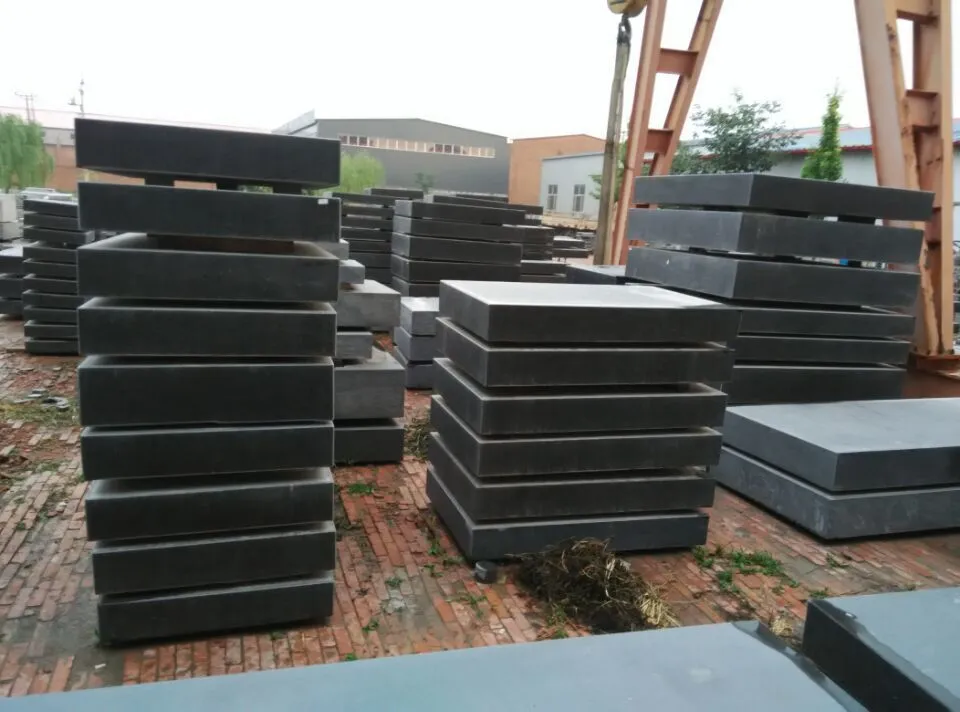تشرینی دووەم . 21, 2024 01:48 Back to list
silence check valve
Understanding Silence Check Valves Importance and Application
In various industrial applications, maintaining fluid flow while minimizing noise pollution and vibration is crucial. One of the key components used to achieve this is the silence check valve. This specialized valve serves two primary functions allowing fluid to flow in one direction while preventing backflow, and reducing noise generated during the flow process. In this article, we will explore the significance of silence check valves, their design principles, and their applications across different sectors.
What is a Silence Check Valve?
A silence check valve is a mechanical device designed to permit the unidirectional flow of fluids while preventing reverse flow, a situation that could lead to contamination or damage in the system. Unlike standard check valves that might produce a banging noise when they close or open, silence check valves incorporate features that minimize these sounds. This is particularly important in scenarios where noise reduction is a priority, such as in residential buildings, hospitals, and other sound-sensitive environments.
Design Principles
The design of silence check valves typically includes a mechanism that dampens the forces acting on the valve during operation. Two popular designs are the spring-loaded and the piston-type valves.
1. Spring-Loaded Silence Check Valve Incorporating a spring mechanism, this type allows for smooth closure of the valve when flow ceases, which significantly minimizes noise. The spring can be calibrated to respond to different flow conditions, ensuring optimal performance.
2. Piston-Type Silence Check Valve This design utilizes a piston that moves smoothly within a chamber, allowing for rapid response to changing flow conditions. The motion of the piston is controlled to prevent sudden closure, which helps lessen hydraulic shocks and associated noise.
Both designs are engineered to minimize turbulence within the fluid flow path, further contributing to a quieter operation
.Applications of Silence Check Valves
silence check valve

Silence check valves are employed in various sectors, including
- HVAC Systems In heating, ventilation, and air conditioning systems, these valves play a pivotal role in maintaining air quality and comfort while preventing unwanted backflow and reducing operational noise.
- Water Supply Municipal water systems utilize silence check valves to ensure a steady supply of clean water while mitigating noise concerns for nearby residents.
- Industrial Processes In manufacturing and processing plants, where large volumes of fluids are involved, these valves help in controlling flow dynamics while maintaining a safe and quiet working environment.
- Medical Equipment In medical applications, such as dialysis machines and sterile fluid delivery systems, silence check valves ensure that any fluid movement occurs quietly, thus preserving an unobtrusive atmosphere.
Benefits of Using Silence Check Valves
The advantages of incorporating silence check valves into fluid systems are numerous. Firstly, they drastically reduce noise pollution, contributing to a more pleasant working and living environment. Secondly, their ability to control backflow enhances system reliability and prevents potential accidents and contamination. Lastly, their efficient design minimizes energy loss, thereby promoting sustainability and operational cost savings.
Conclusion
In conclusion, silence check valves represent a significant advancement in fluid control technology, combining functionality with noise reduction. As industries place greater emphasis on operational efficiency and environmental considerations, the relevance and application of silence check valves will only continue to grow. By investing in these advanced components, companies not only enhance their system performance but also contribute to a more sustainable and comfortable future.
-
Thread Plug Gauge Our Promise of Measurement ExcellenceNewsAug.22,2025
-
Gauge Pin Class Reflecting Quality LegacyNewsAug.22,2025
-
Check Valve Types for High Rise BuildingsNewsAug.22,2025
-
Water Control Valve for Irrigation SystemsNewsAug.22,2025
-
Gate Valve with Soft Seal TechnologyNewsAug.22,2025
-
Y Type Strainer for Oil and Gas ApplicationsNewsAug.22,2025
Related PRODUCTS









